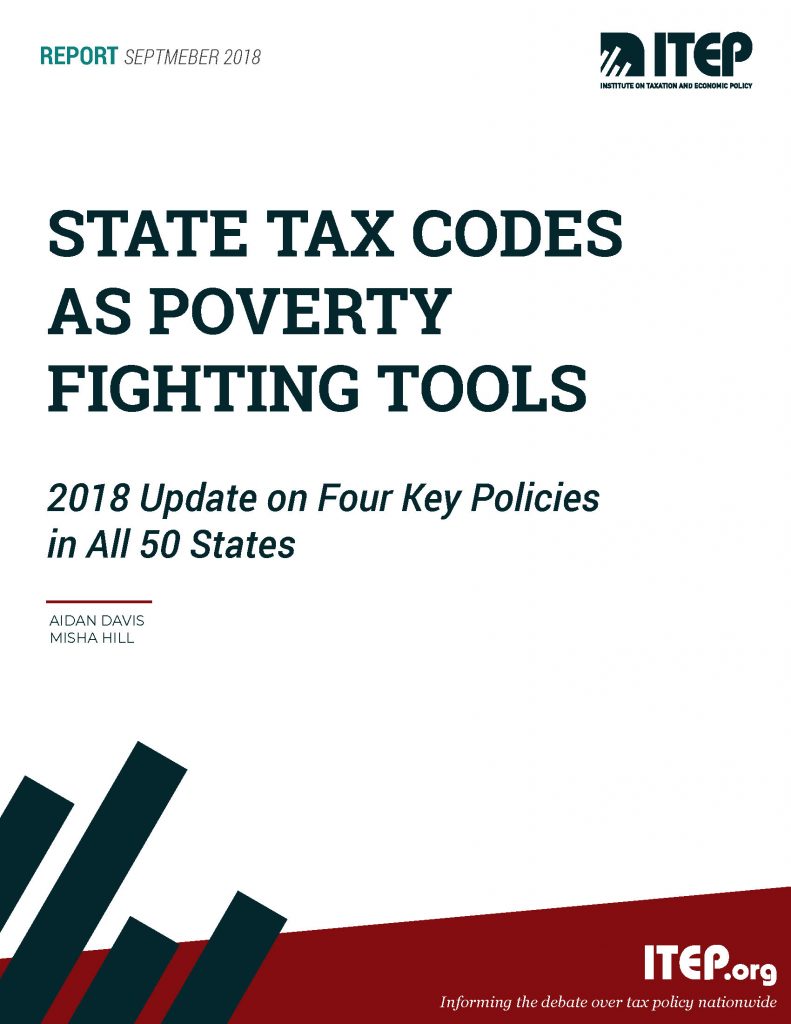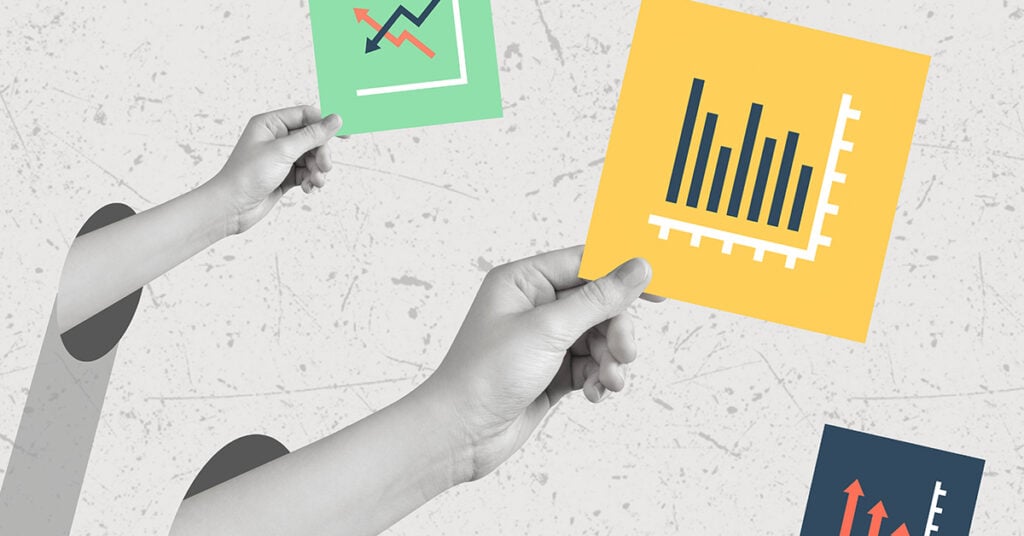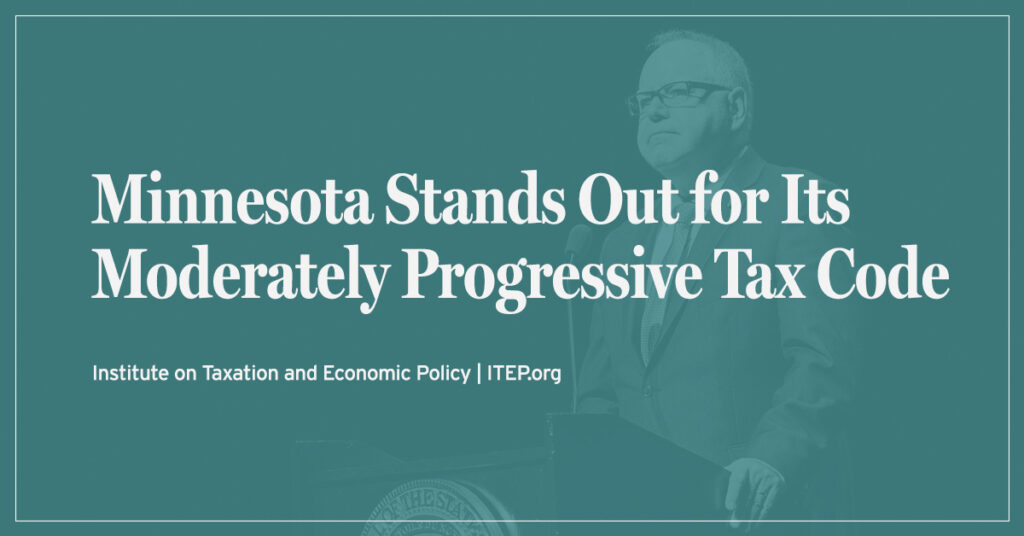State legislators often lock themselves into a race to the bottom in pursuit of being labeled a “low tax state.” Analysis of data from the U.S. Census Bureau appears to lend support to Oklahoma’s reputation as a “low tax state.” Specifically, Oklahoma ranks 48th nationally in taxes collected as a share of personal income.[1]
But this narrow lens does not provide a full picture, as it overlooks the fact that Oklahoma’s tax system has vastly different impacts on taxpayers at different income levels. For instance, the lowest-income 20 percent of Oklahomans contribute 13.2 percent of their income in state and local taxes — considerably more than any other income group in the state. For low-income families, Oklahoma is far from being a low tax state; in fact, it is the fifth highest-tax state in the country for low-income families. [2]
Upside-Down Tax Code
According to the most recent data from the Census Bureau and Bureau of Economic Analysis, the state and local tax contributions of Oklahoma taxpayers total 8 percent of personal income. This relatively small share of personal income collected in state and local taxes is 21 percent below the national average, affording Oklahoma a reputation as a “low tax state.” But the state tax code is upside-down, that is, it requires taxpayers with the lowest earnings to contribute a larger share of their incomes in state and local taxes than the wealthiest taxpayers.
Analysis from the sixth edition of Who Pays? by the Institute on Taxation and Economic Policy (ITEP) finds the lowest-income 20 percent of Oklahoma taxpayers — who earn an average income of $12,000 per year — contribute 13.2 percent of their income in state and local taxes, the fifth highest state and local tax bill for this income group in the country. Similarly, among the next 20 percent of taxpayers — whose average income is $26,100 — state and local taxes are the 8th highest nationally and, on average, account for 11.2 percent of their income. Oklahoma offers little tax benefits for most low-wage workers. The only refundable credit targeted to low-income workers is the “Credit/Refund of Sales Tax” which is intended to offset some of the sales tax paid on groceries (Oklahoma is one of only seven states to tax groceries at the full general sales tax rate). The state’s Earned Income Tax Credit is non-refundable and only matches five percent of the federal credit. Its child-related credits are also nonrefundable. And its property tax circuit breaker is limited to elderly and disabled homeowners.[3]
Meanwhile, the top 1 percent of households in the Sooner State — a group with an average income over $1.1 million — contribute just 6.2 percent of their income in state and local taxes. Compared to the rest of the country, Oklahoma’s state and local tax levy on the top 1 percent is the 17th lowest (or 35th highest).
Low, Mostly Flat Personal Income Tax and High Reliance on Sales and Excise Taxes
Oklahoma has a relatively low and flat personal income tax with a 5 percent top rate starting at taxable incomes over just $7,200 for single filers and only $12,200 for married filers.
But having low personal income taxes comes at a cost. To pay for state and local government services, Oklahoma derives 44 percent of its tax revenue from sales and excise taxes — significantly above the national average of 35 percent. Oklahoma also levies among the highest state and local sales tax rates on groceries in the entire country. According to ITEP’s sixth edition of Who Pays?, the lowest-income 20 percent of Oklahoma households spend 9.2 percent of their income on sales and excise taxes, compared to just 1.2 percent of income spent on these taxes by the top 1 percent.
Oklahoma’s upside-down tax code is pushing the state’s impoverished taxpayers deeper into poverty. The state’s relatively low and flat personal income tax has been a major contributor to its reputation as a “low tax state,” but it comes at a steep price as the state relies heavily on sales and excise taxes that fall hardest on low-income families. Moreover, the lack of refundability in its EITC leave Oklahoma with few options for offsetting the very high sales and excise taxes that it levies on families working hard to make ends meet.
[1] ITEP analysis of data from the U.S. Census Bureau and Bureau of Economic Analysis: U.S. Census Bureau. “2016 State and Local Government Finance Historical Datasets and Tables,” Sep. 12, 2018. https://www.census.gov/data/datasets/2016/econ/local/public-use-datasets.html.
Bureau of Economic Analysis. “State Personal Income and Employment,” Accessed Oct. 15, 2018. https://apps.bea.gov/regional/docs/DataAvailability.cfm.
[2] Meg Wiehe, Aidan Davis, Carl Davis, Matt Gardner, Lisa Christensen Gee, and Dylan Grundman. “Who Pays? A Distributional Analysis of the Tax Systems in All 50 States, 6th Edition,” Institute on Taxation and Economic Policy, Oct. 17, 2018. https://www.whopays.org
[3] Aidan Davis and Misha Hill. “State Tax Codes as Poverty Fighting Tools: 2018 Update on Four Key Policies in All 50 States, Sep. 17, 2018. https://itep.org/state-tax-codes-as-poverty-fighting-tools-2018/.




